SGGP
In a bid to preserve its coastal ecosystems, the Middle Eastern oil-exporting nation of Oman is pushing ahead with projects to restore mangrove forests that once covered the country but died thousands of years ago due to climate change.
Standing under the canopy of an 80-hectare mangrove forest in the Al-Qurm forest in the capital Muscat, environmental scientist Zakiya al-Afifi measures the bark of mangrove trees, which can help estimate their ability to absorb CO 2. Mangroves are the world's largest storehouses of CO 2 and are one of the nature-based solutions to combat the effects of climate change, according to Zakiya al-Afifi.
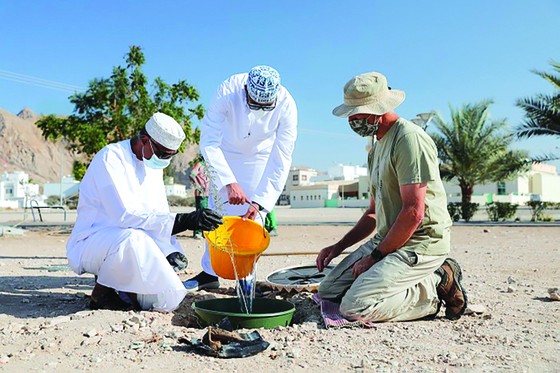 |
Planting trees in Oman |
Zakiya al-Afifi said that the above-ground biomass in Al-Qurm’s mangroves could store up to 80 tons of CO2 per hectare, with even more stored in the sediments below ground. Mangrove habitats can remove CO2 from the atmosphere at a faster rate than forests and store it for longer periods. Each mangrove has a microfiltration system to protect it from saltwater intrusion, along with a specialized root system that allows it to breathe in mud or at high tide. If we don’t speed up the restoration of mangroves, we could one day lose them completely due to climate change.
Protecting mangrove forests has become one of the Omani government 's green policies. Since 2001, Oman has implemented a mangrove restoration project covering approximately 1,000 hectares across its coastline. After numerous trials of different planting techniques, such as seedling propagation or drone seed sowing, scientists have adopted direct seed sowing, which is considered more effective.
Over the past two years, more than 3.5 million seeds have been planted directly in the designated areas, with 2 million this year alone, aiming to plant 850,000 seedlings to be shipped to coastal areas.
Not only greening coastal areas, tree planting activities are also being carried out in Oman. During the Oman Tree Day week held at the end of October, tree planting activities were carried out in many provinces and cities, with the active participation of schools and social organizations. Omanis believe that trees are an important natural element in creating sustainable cities.
Oman is also promoting carbon credit programs, which have become a popular tool for businesses looking to offset their carbon emissions. One ton of CO2 removed or reduced from the atmosphere is equivalent to one carbon credit. This credit is generated through mangrove planting or forest restoration. Oman’s environmental authority has signed a contract with the country’s MSA Green Project Company to plant 100 million trees over four years.
Also under the project, 20,000 hectares of land in Al Wusta province will be converted into mangrove habitats. Once completed, the project is estimated to remove 14 million tons of CO2 and generate $150 million through carbon credits.
Source







![[Photo] Urgently help people soon have a place to live and stabilize their lives](/_next/image?url=https%3A%2F%2Fvphoto.vietnam.vn%2Fthumb%2F1200x675%2Fvietnam%2Fresource%2FIMAGE%2F2025%2F12%2F09%2F1765248230297_c-jpg.webp&w=3840&q=75)
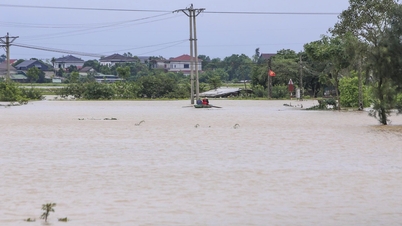

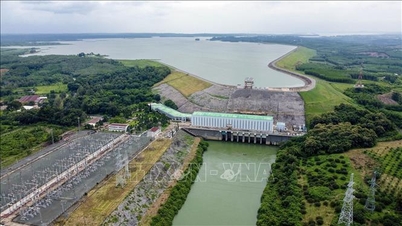




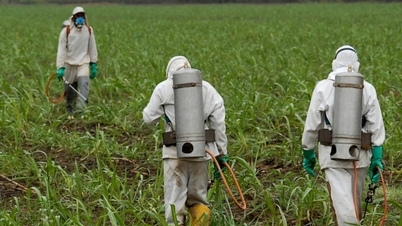

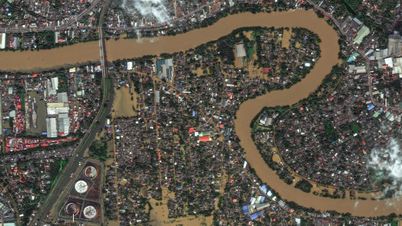











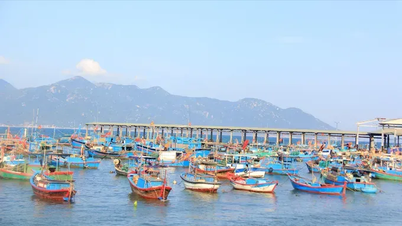



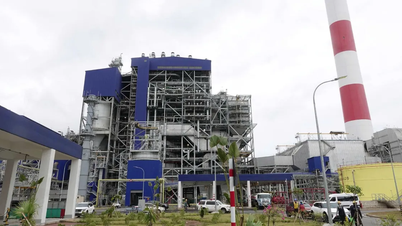










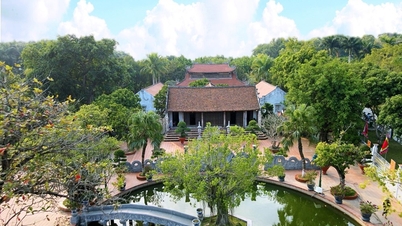









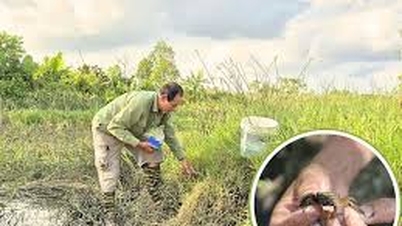
























![[Photo] General Secretary To Lam works with the Standing Committees of the 14th Party Congress Subcommittees](https://vphoto.vietnam.vn/thumb/402x226/vietnam/resource/IMAGE/2025/12/09/1765265023554_image.jpeg)











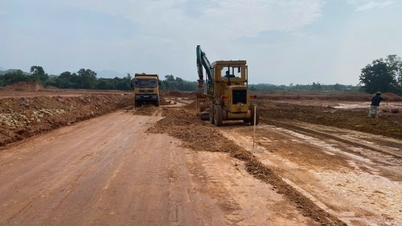





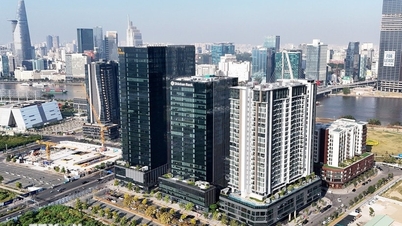


















Comment (0)